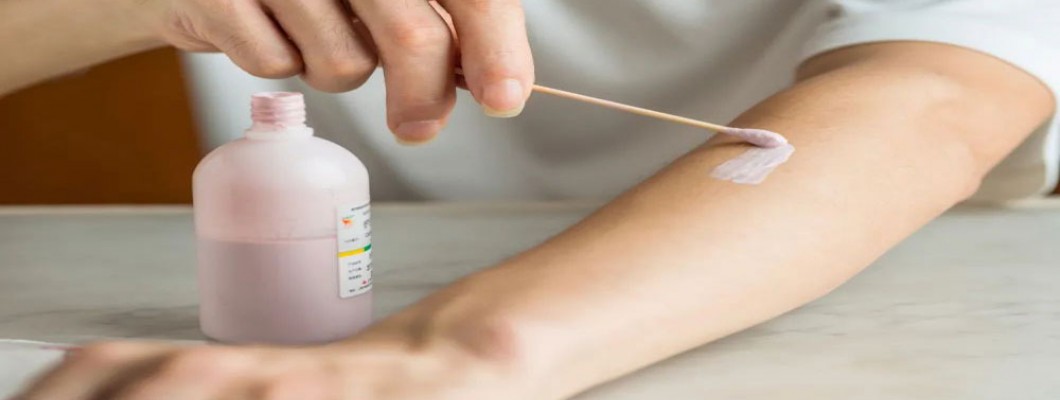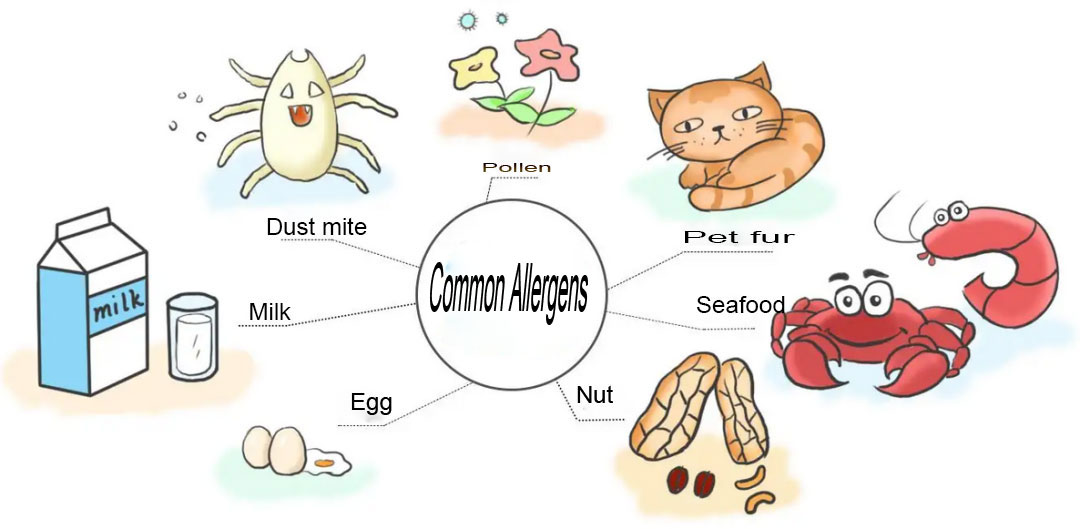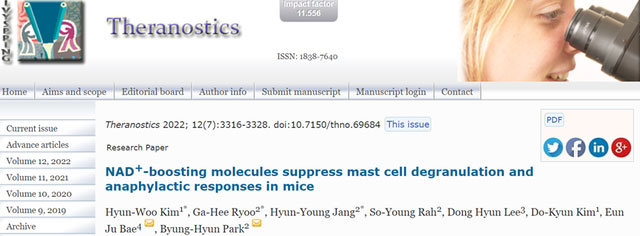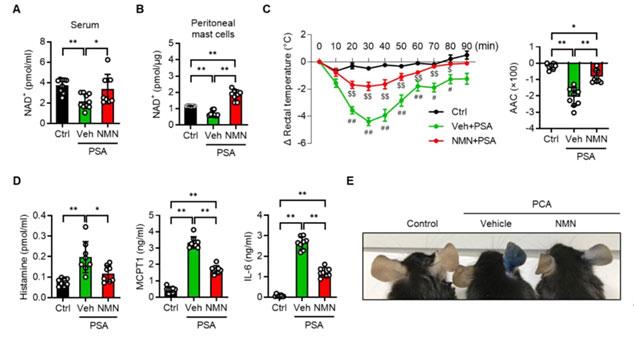
Very often, the floral summer is not kind to some people. Some people, for example, experience itching, hives, asthma and other allergic reactions, which can be serious or even life-threatening.Research data shows that 22% of the world's population suffers from allergic diseases.
What do summer allergies have to do with?
Allergies are related to allergic constitution, lack of sun protection, diet, etc. Most patients develop allergies in relation to their own constitution.
People with endowments suffer from allergies because of the protective immune response system in their bodies.
If these are perceived by the body as harmful substances, the immune system will respond by eliminating or destroying them, which is the protective role of the immune system.
Allergies can also occur if you are not careful with your diet and consume allergic foods such as wild greens, amaranth, capers and shellfish. Prolonged exposure to ultraviolet light can also lead to sunburn urticaria.

What are the triggers of hives?
Many people are familiar with hives, a common skin condition caused by allergies.
The disease may cause a red rash to appear on several parts of the body for a short period of time, accompanied by a distinct itching sensation. In order to prevent hives, it is important to be aware of the possible triggers.
One important marker found through research in the allergic reaction to urticaria is lgE-mediated activation of mast cells.
Among them are mast cells, which are mainly widely distributed in the skin and around the microvasculature under the visceral mucosa and have powerful immunomodulatory functions.
However, despite its name, mast cells have nothing to do with obesity.
In fact, mast cells have FcεRI receptors with high affinity for lgE on their cell surface. When encountering allergens, lgE antibodies bind to the FcεRI receptors and release a large number of inflammatory mediators, including beta-hexosaminidase, histamine, proteases and inflammatory cytokines, resulting in allergic symptoms such as wind-bumps, edema and itching.
NMN has an ameliorative effect
There is still no particularly effective treatment for allergic diseases in the world and prevention remains the main focus. The first step is to avoid allergens as much as possible.
In fact, treating allergies has always been a difficult problem and scientists have struggled to find a cure. Only recently has there been a glimpse of a cure for allergies.

Researchers at Jeonbuk University, Korea's oldest national flagship university, have found that the NAD+ precursor NMN inhibits mast cell degranulation in mice and humans, and that intraperitoneal administration significantly attenuates mast cell-associated allergic reactions in mice.
Due to the important role of NMN in alleviating diseases related to oxidative damage, scientists have used animal models of chronic inflammatory skin diseases to demonstrate improvement in chronic inflammatory skin diseases after NMN administration.
[Experiment: NMN supplementation inhibits allergic reactions in mice]
To further determine whether NMN could prevent allergic reactions, the researchers divided the mice into 2 groups and injected saline and NMN (at a dose of 100mg/kg) for 3 days, then sensitized them with lgE antibody, which started inducing allergy 24 hours after the third injection of NMN.
The scientists first measured NAD+ levels (both in serum and mast cells) and inflammatory mediator levels in mice, as shown in Figures 2A, 2B and 2D. Supplementation with NMN significantly elevated NAD+ levels in serum and mast cells, even reaching nearly two times normal levels in mast cells, while also significantly suppressing levels of inflammatory mediators.

To verify that the allergic symptoms of the mice, mainly swollen ears and decreased body temperature, had subsided, the scientists measured the body temperature and the thickness of the mice's ears.
As shown in Figures 2C, 2E and 2F, NMN treatment was found to be effective in reducing the drop in body temperature and ear swelling caused by allergies, indicating that NMN does indeed reduce allergy symptoms. This offers hope for the treatment of allergies.
[Experiment: Exploring the mechanisms behind NAD+ precursors to reduce allergy].
To further explore the mechanism of action of NAD+ in alleviating allergies, scientists continue to explore forward.
Since NAD+ is a required cofactor for Sirt6, and Sirt6 deficiency increases the release of histamine, lipid mediators and inflammatory factors, causing allergic reactions. The researchers therefore speculate that the amelioration of allergy by NAD+ precursors may be achieved by enhancing Sirt6 activity.
To test this speculation, they chose knockout and normal mice for their experiments and found that the knockout mice showed a more severe drop in body temperature, revealing a role for Sirt6 in the prevention of allergic reactions.
[Summary]
This study reveals a new indication for NMN, a NAD+ precursor substance - the treatment of allergies - and is sequentially confirmed.
More importantly, it also reveals the importance of Sirt6 in allergic reactions, suggesting that activating Sirt6 may be a new idea for the treatment of allergic reactions.
However, the study is also only in animal experiments and there is no relevant clinical data to support it yet. If it can successfully pass clinical trials, NMN may benefit hundreds of millions of people.

Leave a Comment